For many owners, pets become almost family members. Therefore, they do not want to part with them even during air travel. Private jet oparators provide the owners with the opportunity to take their pet to the cabin. In this article we will talk about the basic rules for transporting pets on private jets.
Why is it worth choosing a business jet for a flight with a pet?
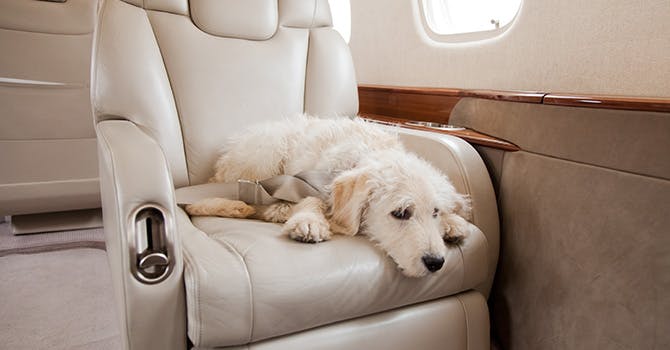
Traveling by plane requires the safety of not only people, but also their pets. However, the strict rules of regular airlines do not always contribute to this. Often animals are not transported in the most favorable conditions - in cramped cages in the luggage compartment, where there are no air conditioning and heating systems. This does not have the best effect on their mental and sometimes even physical health. Therefore, more and more pet owners are using business jets. Due to the fact that in a private jet the pet is next to the owner, in comfortable conditions, it is less stressed. At any time, the animal can be fed, stroked, reassured. At the same time, it does not interfere with other passengers, because only relatives and friends are present in a private jet.
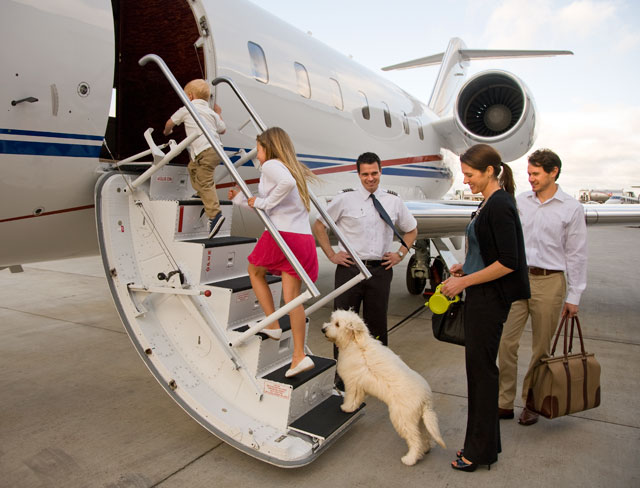
Rules for transporting animals in private jets
There are several basic requirements that must be followed in order for your pet to be admitted on board a business jet. It is necessary to pre-approve the transportation of some dogs that are dangerous: pit bull terriers, rottweilers, husky, bullmastiffs, German shepherds, chow chows, Dobermans. For such breeds, permission is issued with the proviso that the pet will be placed in a cage or a special ventilated container for the duration of the flight.
Also, when chartering a business jet, you should give the carrier as much information as possible about the animal: type, breed, gender, age, weight, external features. Based on the data received, the company will be able to increase flight comfort for your pet.
There are several categories of animals that are prohibited from being transported even on private jets. These include:
• pets with serious illnesses;
• animals under the age of 6 months;
• pets that do not tolerate height and elevated temperatures;
• pregnant and recently given birth females;
• animals taking sedatives.
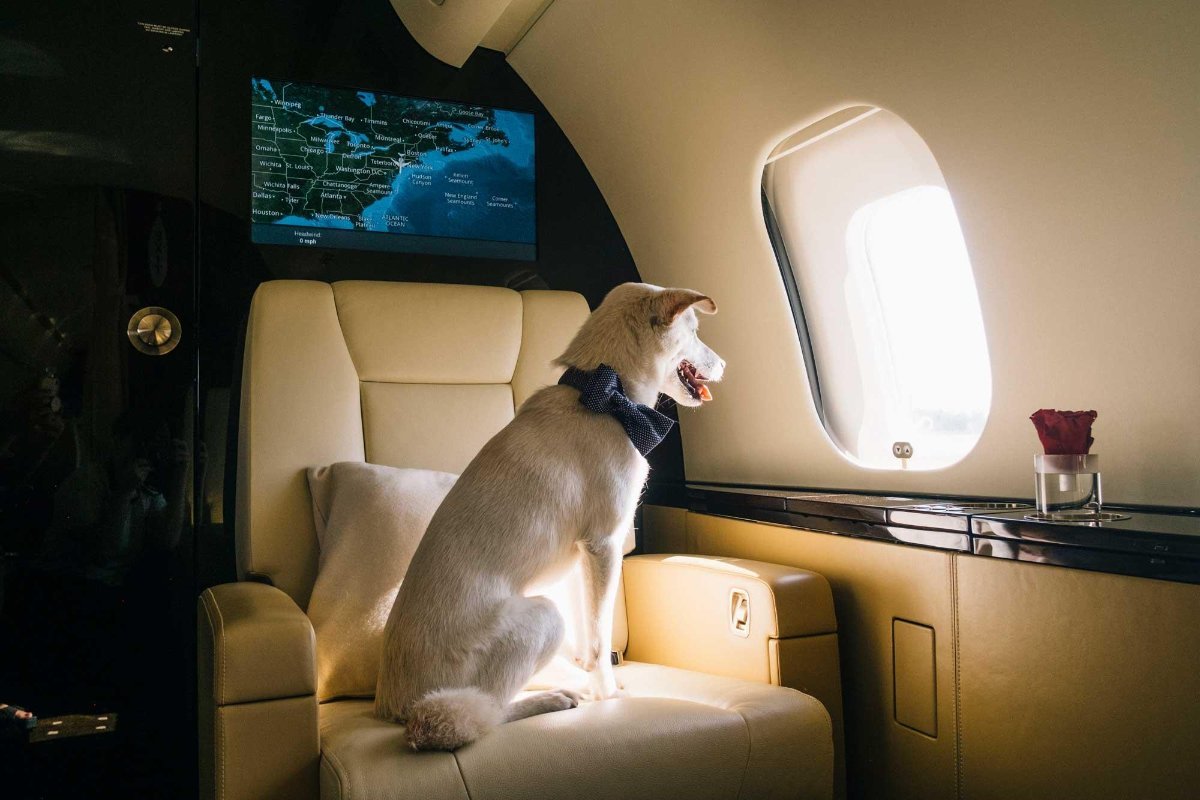
Required documents
In order for the animal to be allowed to board a private plane, you need to prepare a veterinary passport with marks on all mandatory vaccinations, as well as a certificate from the state veterinary clinic.
In addition, before the flight, the following nuances should be taken into account:
• whether your pet’s flight will be permitted by the country you are traveling to. Some states have strictly prohibited the import of certain types of animals, including dogs and cats;
• how your pet suffers being in the air. This is a very important point, since most brachycephalic animals (Persians, Pugs, Pekingese) experience problems with the respiratory system due to the special structure of their muzzle. If your cat or dog belongs to such breeds, you should always consult your veterinarian before you fly. In addition, some airlines do not work with this group of animals due to their high risk of air shortage and death during the flight.
What should be considered when transporting dogs on business jets?
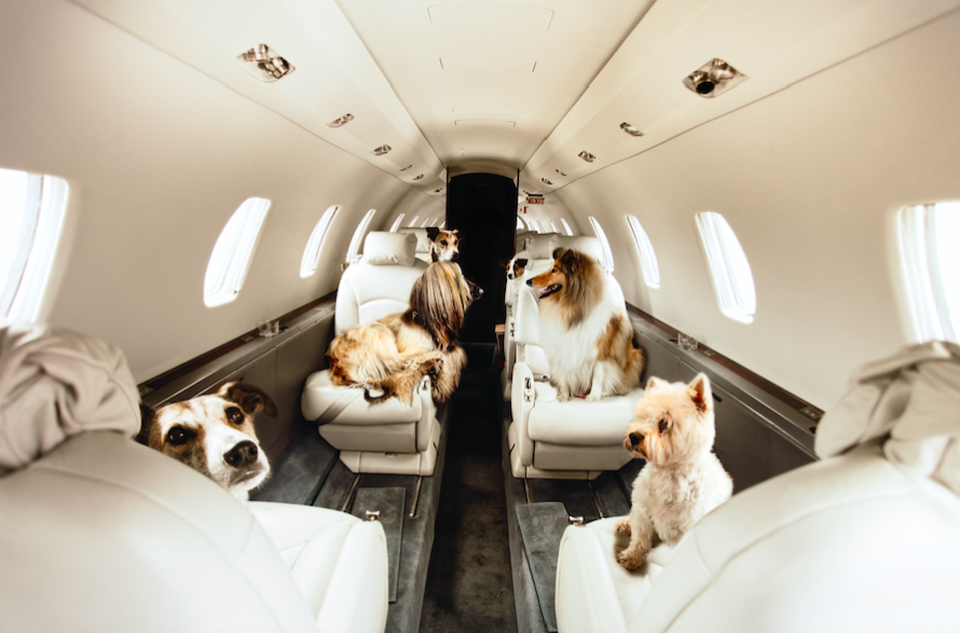
If you take a large or medium breed dog on board, you must take care of the muzzle, collar and leash in advance. If the animal first appeared in a business jet, its reaction can be unpredictable. In addition, the dog must be fastened to the seat with a special mount throughout the flight. This is a safety rule. In case of emergency, all walkways must be clear.
What to look for when travelong with cats onboard a business jet?
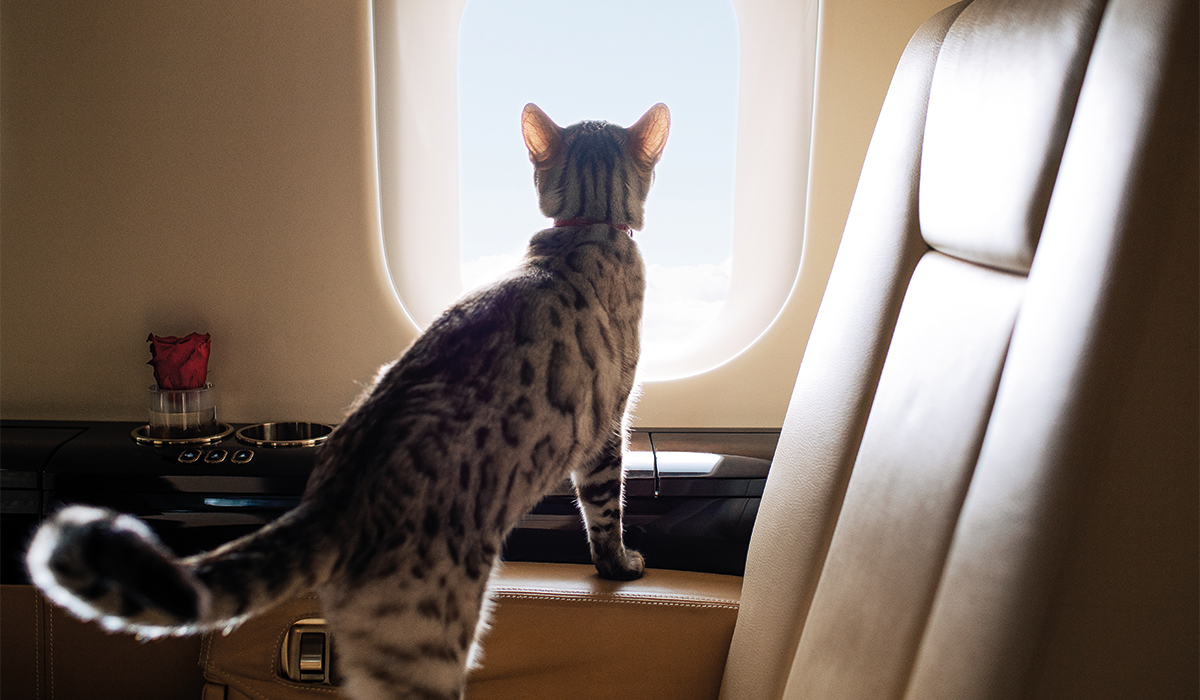
Cats are recommended to be transported in special ventilated containers, the dimensions of which should enable the animal to stand up to its full height and rotate freely. Due to the change of scenery, many cats experience tremendous stress, and their behavior can be even more unpredictable than a dog. They can harm not only others but also themselves. Therefore, it is first necessary to limit the freedom of their movement. At the same time, be sure to keep the container next to you so that the pet feels your presence and can calm down.
How to transport other types of animals on the plane?
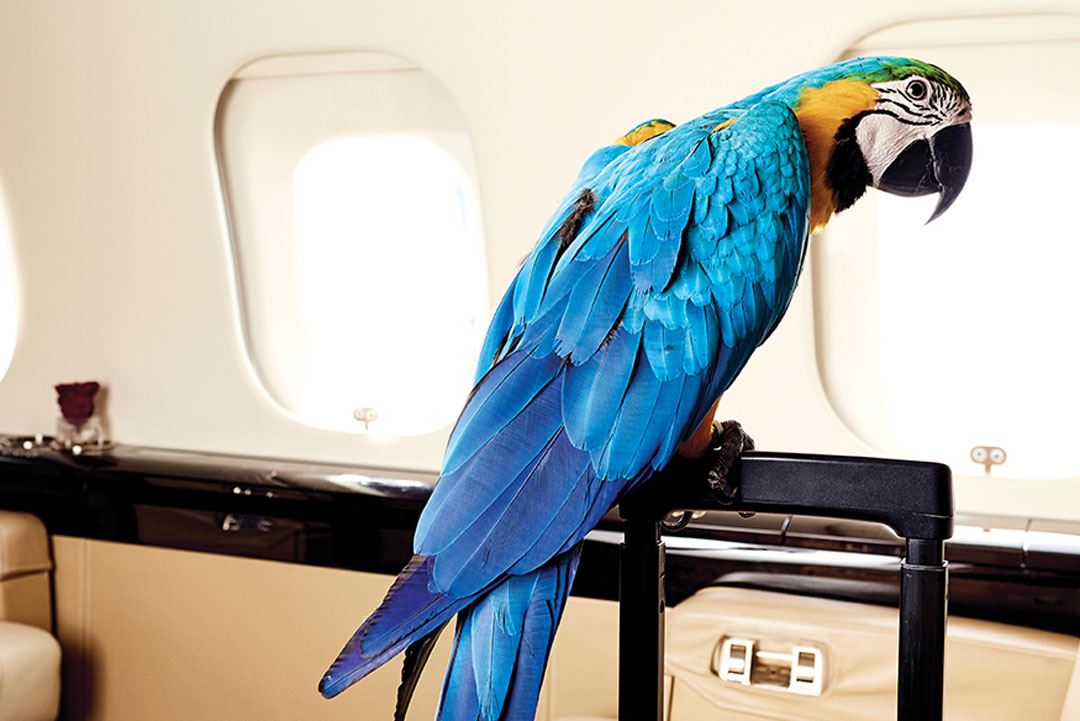
It is recommended to transport birds, rabbits, small rodents in special cages. Exotic species of animals, such as snakes, lizards, turtles, insects, etc., are subject to the special requirements of the country to which you go. Therefore, you must know in advance all the nuances of their transportation.